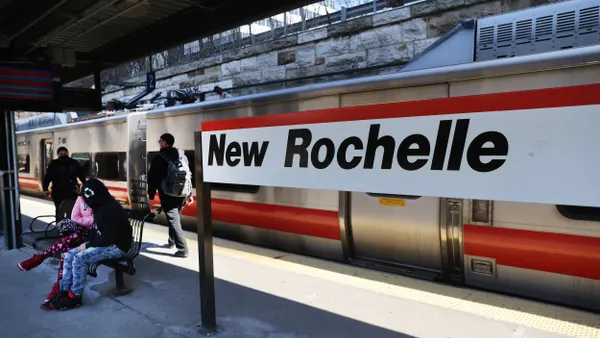Dive Brief:
- Researchers at the Stevens Institute of Technology in Hoboken, NJ, have built a "living laboratory" to study hydrology. The building hosts a rain garden, multiple bioretention planters and multiple green roof setups to test water quality performance in green infrastructure systems.
- There are 20 green roof setups, duplicated to look at runoff from a rooftop with a different mix of lightweight growing media like soil, pumice, clay and compost. There are also four bioretention planters with a total of 15 sensors in each planter to measure how the rainwater drains. The researchers are developing another system to measure downspout flow in partnership with the Environmental Protection Agency, according to Stevens.
- The lab is run by Elizabeth Fassman-Beck, a professor at Stevens Institute of Technology and one of the world's leading experts on green roofs — she's co-author of a book about living roofs in integrated urban water systems.
Dive Insight:
By focusing on bioretention, the lab at Stevens is working to improve water quality as well as reduce the quantity of water runoff. According to Fassman-Beck, bioretention planters capture water out of spouts similar to the way rain gardens do. But planters are mobile, making them a more useful solution in cities.
Cities like Washington, D.C. and Philadelphia are spending billions to fix their stormwater runoff, with some of it going to green infrastructure solutions. Last year, San Francisco became the first U.S. city to require green roofs on most new development. Outside of water management, green roofs are a space-conscious and innovative way to address urban heat islands and energy efficiency.
While the capital cost of green roofs is higher than a conventional roof, the EPA reports that a green roof could save $200,000 over its lifetime, mainly through temperature control of the building on which the roof is located. Construction Dive has also reported the cost-saving benefits of other types of roofing systems, like thermoplastic polyolefin.










